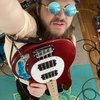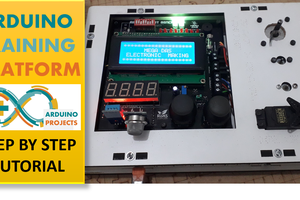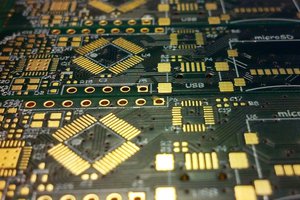After a lot of designing, redesigning, scrapping and discovery of things I didn't know existed, the plan morphed into:
An all-in-one guitar amplifier based on the legendary Marshall 2204.
This was to be controllable by a touch screen.
It was to have space for twenty presets.
It was to have midi capability.
It was to have a zero loss effects loop.
It was to be programmable using an android app.
 Paul Burford
Paul Burford










 Lithium ION
Lithium ION
 Sagar 001
Sagar 001
 DIY GUY Chris
DIY GUY Chris
 Peter G
Peter G
I'm new to Nextion touch screens and found this project, very nice idea. I don't find any info on the nextion programming or arduino here. Is this a project in development or are the files for the micros somewhere to try.